Mo Far Kor is actually from Malaysia, and no, it’s not this uncle’s taik hidung
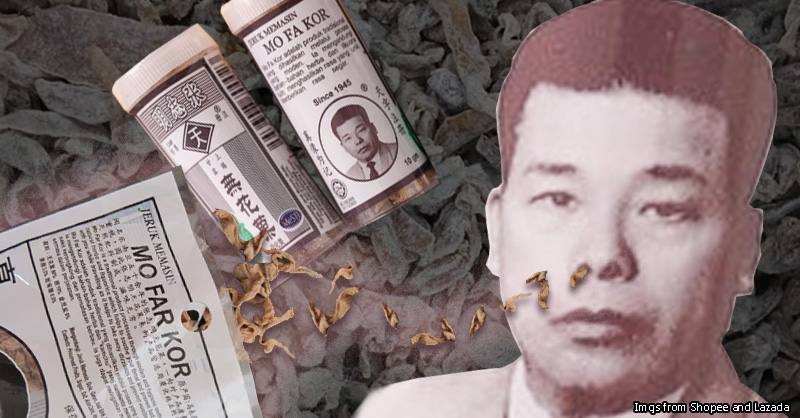
- 2.5KShares
- Facebook2.4K
- Twitter18
- LinkedIn10
- Email8
- WhatsApp54
Where our 90’s kids at?
Don’t worry, it’s not that kind of article, but our topic today wouldn’t look out of place in a 90s nostalgia article. We’re sure you’ve seen – or even eaten – this morbid-looking asam before:
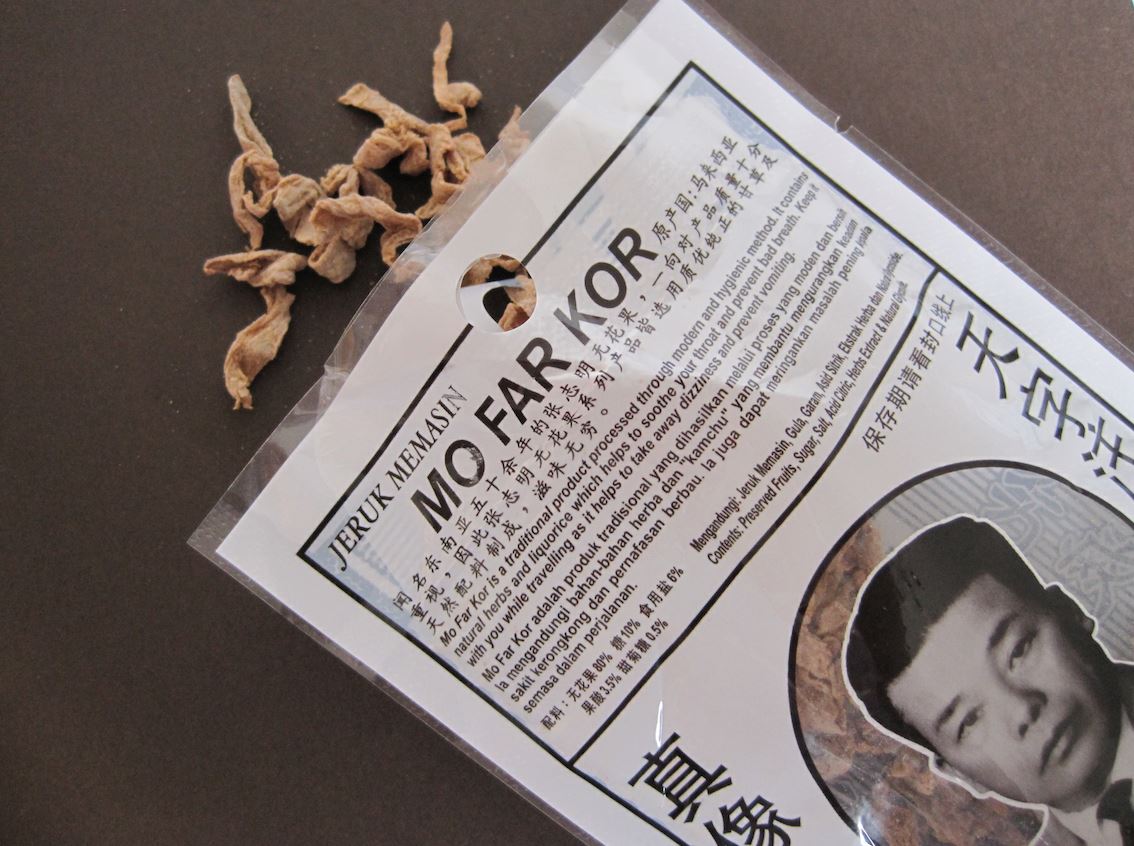
Over the years, many legends and weird practices have centered around this legendary jeruk memasin, but perhaps the most enduring one is that the asam is actually the taik hidung of the uncle in the picture, which is why they look like that and taste so creamy and salty.
But if you’re like us, you’re probably looking at the packaging and wondering things like
- what the heck does mo fa kor mean?
- is it the name of the uncle in the picture?
- how can he not run out of taik hidung?
While it’s easy to assume that the uncle’s name is Mo Fa Kor, it’s not really. His real name was Cheong Chee Ming, and he started the company that makes this asam – Cheong Chee Ming Industries Sdn Bhd – in Menglembu, Perak in 1945.
As for how he can produce such copious amounts of taik hidung…
Mo Fa Kor is actually Cantonese for ‘non-flowering fruit’
Based on the packaging and the company’s description, which mentioned that they deal mainly with local tropical fruits and that they plant, transport, distribute and manufacture dried fruit products, the asam is probably some kind of dried fruit. Duh. But what kind of fruit? If you Google what mo fa kor is made of, you might run across articles that claim it’s made of fruits from the calabash tree, which looks something like this:
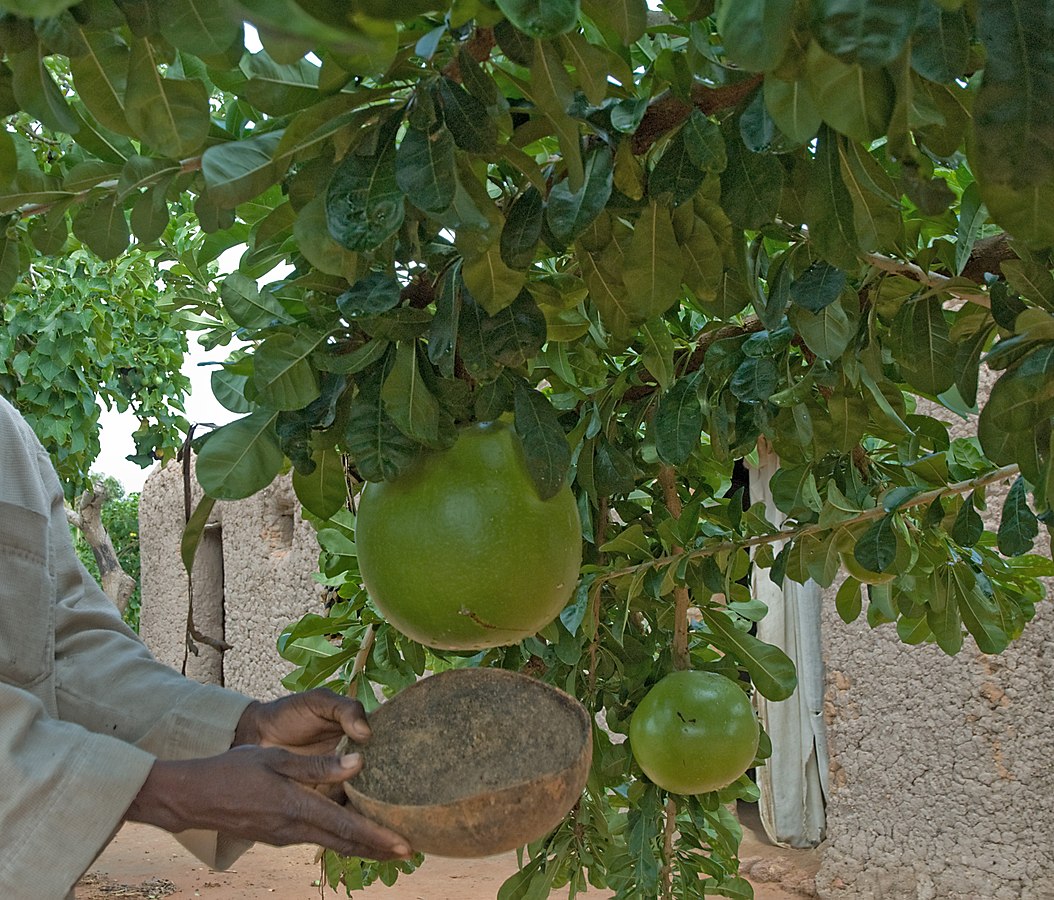
However, it doesn’t really make sense, because calabash trees do have flowers – light green with purple streaks, with its five petals fused in a funnel shape – and mo fa kor is Cantonese for ‘non-flowering fruit’. Based on a page that listed down common Chinese names for medicinal herbs, mo fa kor is commonly used to refer to dried figs, and it kind of makes sense: the ‘fruits’ of fig trees are actually inverted flowers, so people back then might have thought that figs don’t have flowers, since they’re not so obvious.
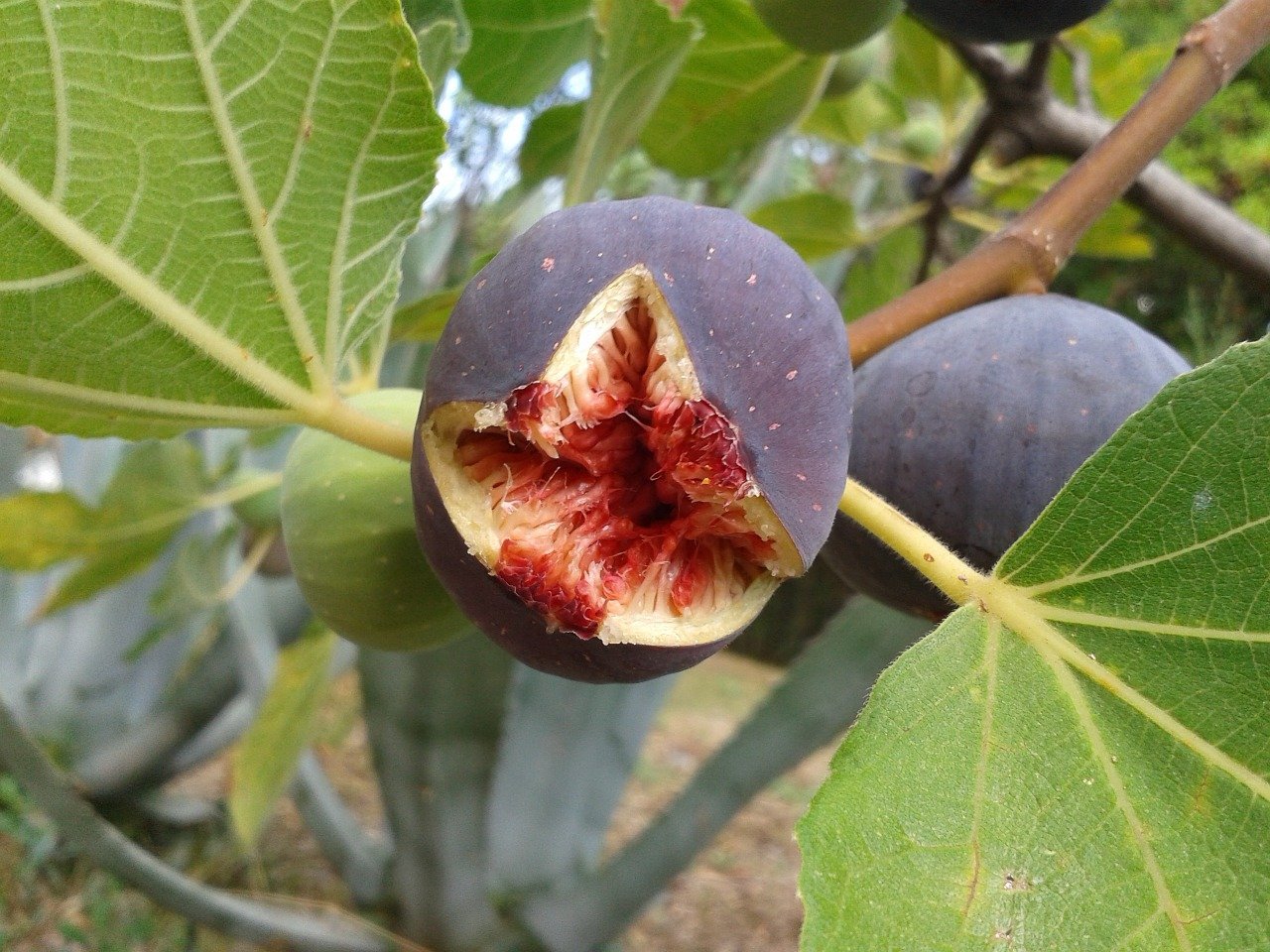
As for what else is in it, besides the mo fa kor and other herbs, another mysterious ingredient listed was ‘kamchu‘.
“Ia mengandungi bahan-bahan herba dan ‘kamchu’ yang membantu mengurangkan keadaan sakit kerongkong dan pernafasan berbau.” – from the label.
Kamchu (or kam chou/kan tsao/gan cao) is the Chinese name for licorice root, and it’s most probably Chinese liquorice (Glycyrrhiza uralensis), a herb commonly used in traditional Chinese medicine to sweeten concoctions, harmonize the ingredients, and counterbalance the side effects of other herbs. So case closed: it’s just some dried fruits with salt, sugar, and herbs.
So the next time you feel queasy during a trip or just nauseous in general, you can eat mo fa kor with peace of mind, knowing that it wasn’t manufactured like this:
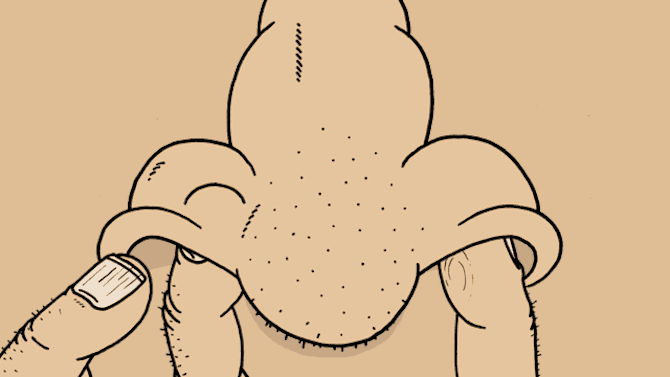
Anyways, if you liked this article and want more trivia, check out our other piece that explores the interesting backstories of four other Malaysian snacks!
- 2.5KShares
- Facebook2.4K
- Twitter18
- LinkedIn10
- Email8
- WhatsApp54
